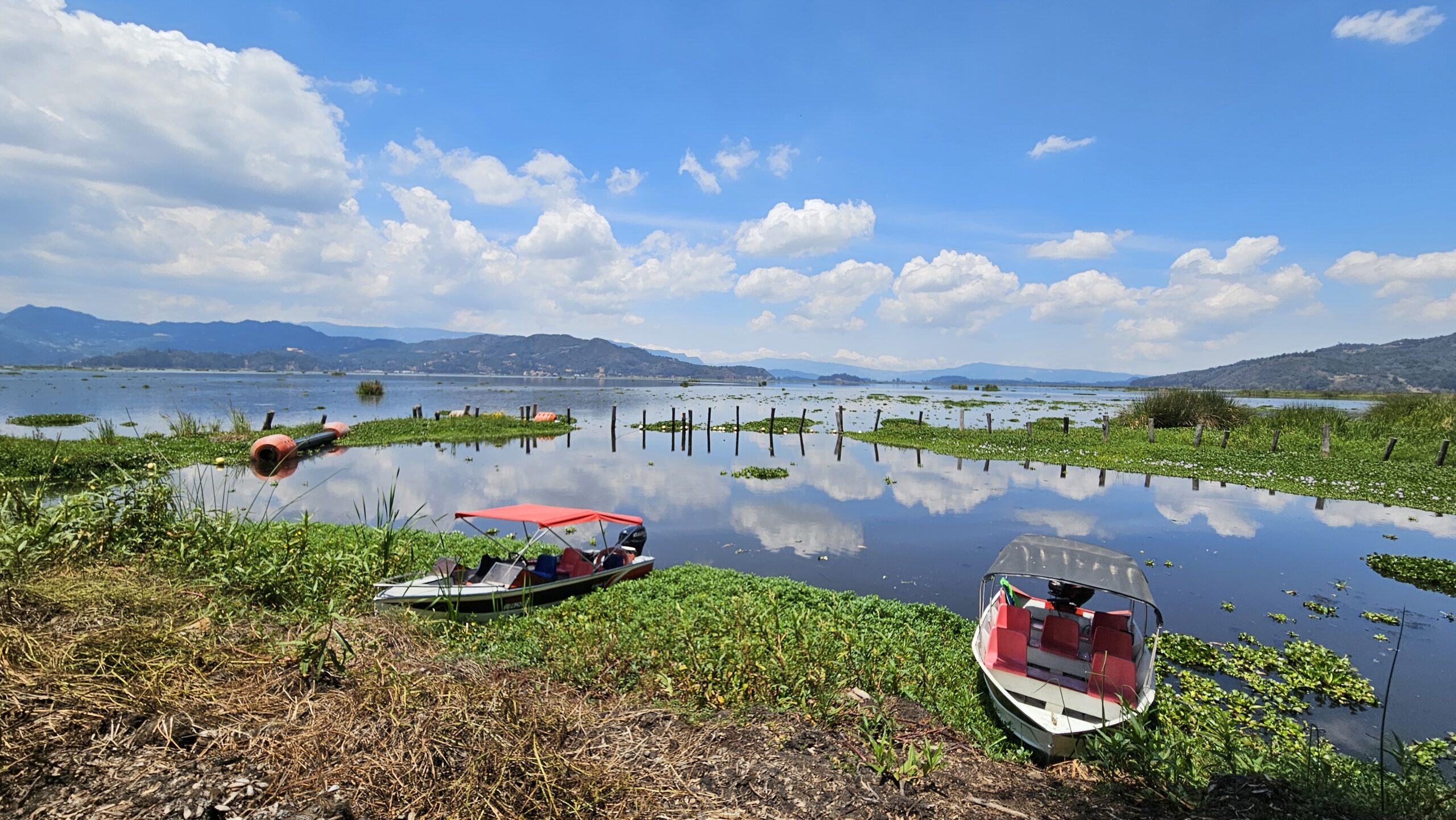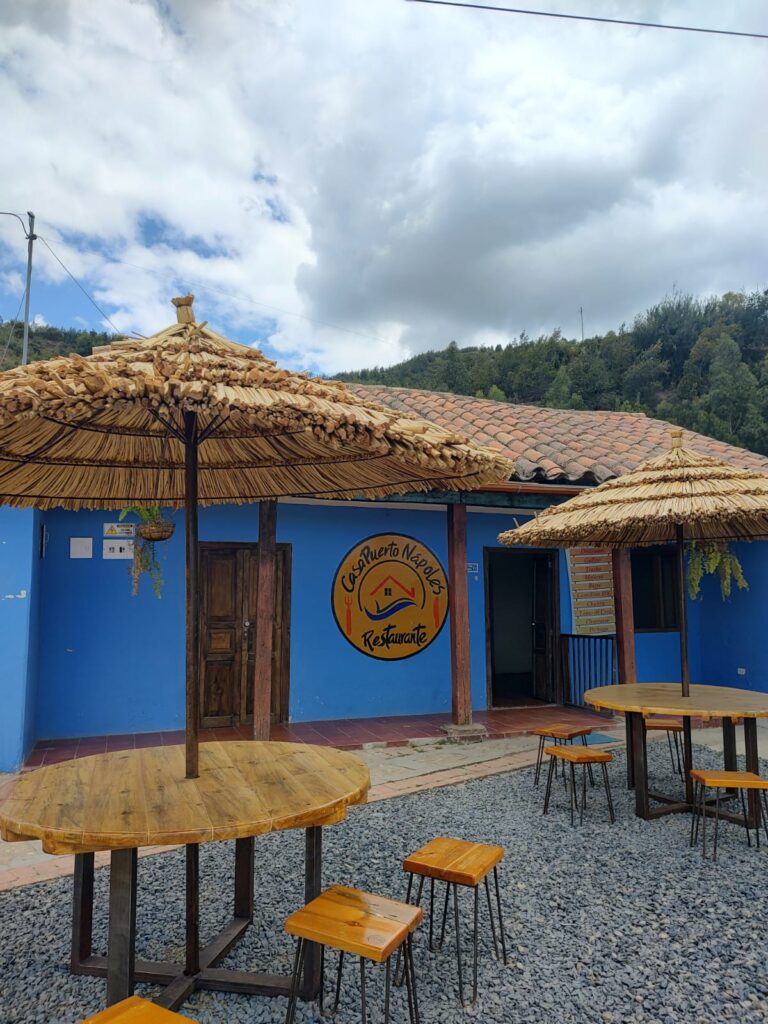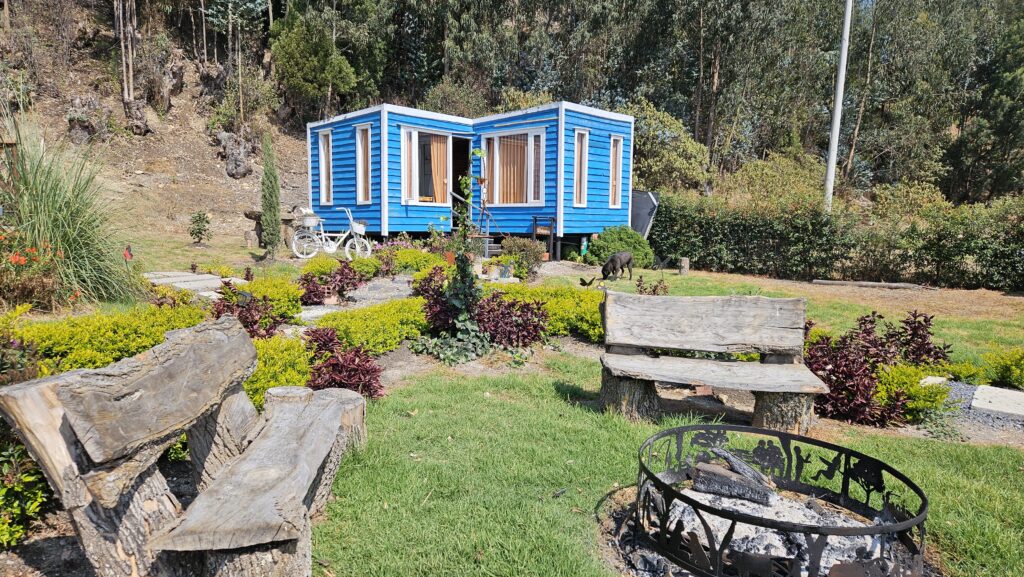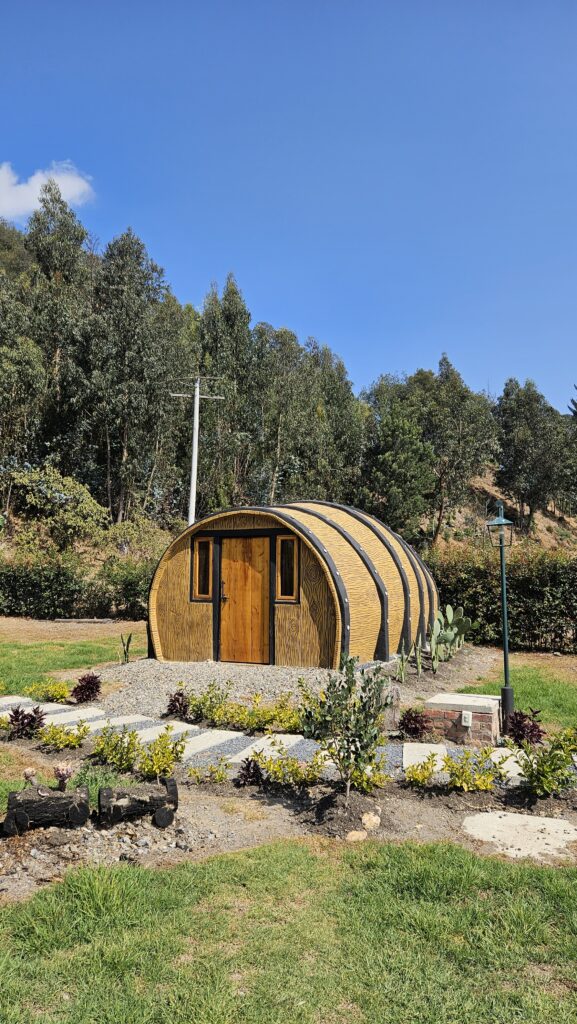In the heart of Colombia, nestled between the regions of Cundinamarca and Boyacá, you’ll find the enchanting Fúquene Lagoon. This hidden gem is a natural wonder that captures the imagination of all who visit. Just a short trip from the capital, this ecological haven is a peaceful retreat that boasts an incredible variety of plants and animals. It’s a place where the ancient traditions of the Muisca people are still felt, offering us a glimpse into a past where nature and culture intertwine. Today, the lagoon is at a crossroads, facing challenges that may change it forever. Join us as we explore the beauty and secrets of Fúquene, embarking on a journey through history, culture, and the natural world in one of Colombia’s most tranquil spots.
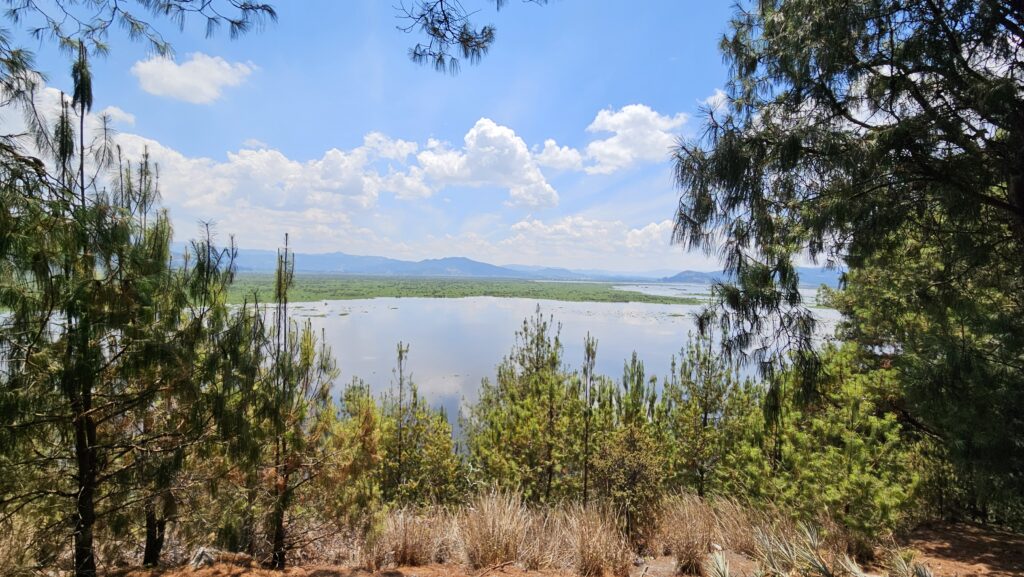
The Beauty of Fúquene Lagoon
Lying between Cundinamarca and Boyacá, Fúquene Lagoon is a sight to behold. Not far from Bogotá, this ecological oasis draws you in with its calm waters and lush greenery. For the Muisca people, it was a sacred place, vital for fishing and spiritual ceremonies.
Furthermore, the lagoon is a haven for bird watchers and nature lovers, providing a unique window into the area’s biodiversity. It’s becoming a hotspot for ecotourism, offering visitors the chance to enjoy its tranquility, embark on eco-tours, and help conserve this important ecosystem.
This piece highlights the splendor of Fúquene Lagoon and invites you to discover it before changes limit access. We encourage you to take this journey of discovery, where you’ll find Colombia’s rich natural and cultural heritage at every turn.

Visiting Fúquene Lagoon
Getting to Fúquene Lagoon from Bogotá is easy. You can take private transport or a charter, traveling around 150 kilometers to this beautiful destination. Upon arrival, a variety of activities await, making it easy to explore this natural paradise. The area offers accommodation and a boat dock for easy lake access, promising an unforgettable experience from the start.
If you’re driving, navigation apps like Waze or Google Maps are great guides. Interestingly, this spot isn’t as crowded with local tourists, offering a quieter, more unique experience. This makes Fúquene Lagoon a hidden treasure in the Cundinamarca region, perfect for a peaceful getaway.

The Legacy of the Muisca People and Fúquene Lake
Fúquene Lagoon reflects the deep history of the Muisca people, known for their fishing skills and spiritual practices. The lagoon was a source of life and a center for important ceremonies, where offerings to nature were made on its islands.
One key ritual involved a journey of growth from youth to adulthood, symbolizing the individual’s readiness to take on new responsibilities. This tradition highlights the strong bond between the Muisca people, their environment, and their spiritual world.
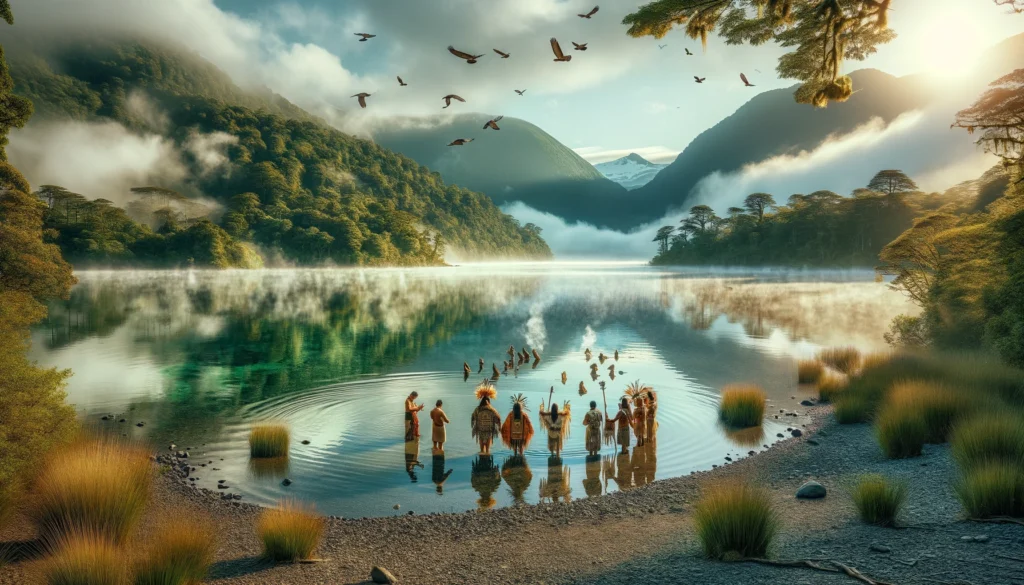
Typical Gastronomy of Fúquene
A visit to Fúquene Lagoon offers more than scenic views and history; it’s also a chance to enjoy local culinary delights. Traditional dishes, like the simple yet flavorful combination of fried maize and small fish from the lagoon, provide a taste of the Muisca’s way of life.
Places like CasaPuerto Napoles Restaurant let you experience these flavors, connecting past and present through food. Tasting these dishes is not just about enjoying fresh ingredients but also about immersing yourself in the culture and traditions that have shaped this region.
Activities You Can Do at Fúquene Lake
Exploring the lagoon by boat offers an incredible perspective. Local boatmen can take you to Sanctuary Island, revealing the lake’s mysteries. Hiking trails offer stunning views, while biking and trekking routes allow you to immerse yourself in the area’s biodiversity.
The paths around the lagoon are perfect for peaceful walks, connecting you with the natural beauty and heritage of the region. These outdoor adventures are a wonderful way to experience the majesty of Fúquene Lagoon.
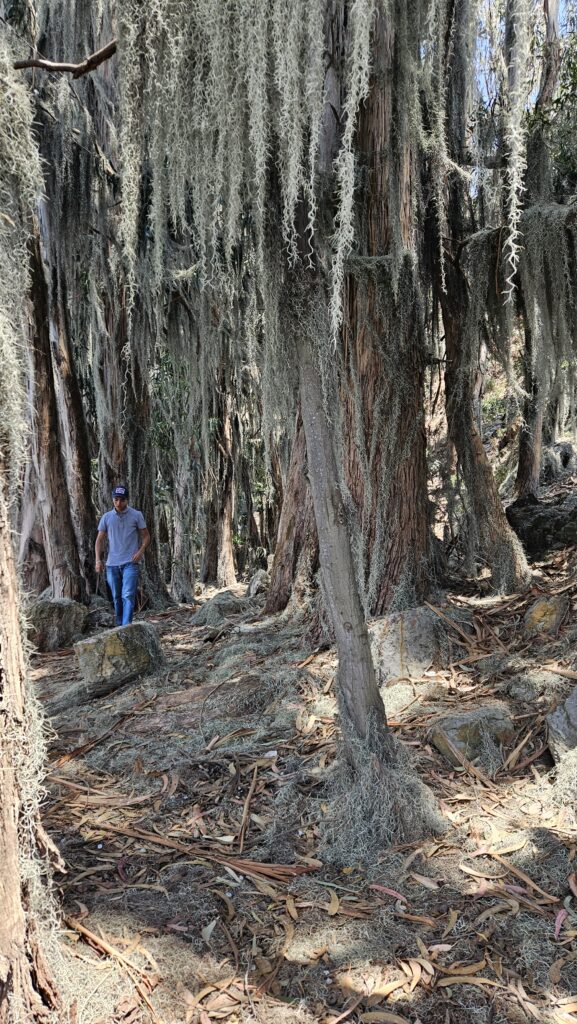
Visit Fúquene Lagoon Before the Prophecy Comes True
The story of Fúquene Lagoon is marked by a tale dating back to the Spanish conquest. When the Spaniards first arrived at these waters, they enslaved the local communities in their desperate search for gold. They forced the indigenous people to dive into the lagoon to retrieve gold offerings thrown into the depths during sacred ceremonies. Amidst this oppression, the Muisca chieftain uttered a prophecy to protect the lagoon from the conquerors. He swore a day would come when access to the lake would be denied to people.
This ancestral warning seems to be materializing today. For 60 years, the lagoon has been under the threat of the water hyacinth, an invasive aquatic plant that has rapidly expanded. Today, over 60% of the lagoon is covered by this plant, hindering access and navigation. The proliferation of the water hyacinth is seen by many as the manifestation of the chieftain’s prophecy, protecting the lagoon from future intrusions.
The message is clear: now is the time to visit Fúquene Lagoon while it is still possible. This natural haven, filled with history and beauty, may not be accessible in the future if the prophecy continues to unfold. The invitation is to appreciate this magical place and witness its splendor before the paths to its waters are forever closed.

Where to Stay at Fúquene Lagoon
In the Fúquene Lagoon area, you’ll find a variety of accommodation options to suit every traveler. For those seeking a unique and nature-close experience without sacrificing comfort, «Aldea Fuquenense» offers an exceptional choice. This glamping site features three design cabins, perfectly equipped to ensure a comfortable and relaxing stay by the lake. Each cabin has been thoughtfully designed to blend with the natural surroundings, allowing guests to wake up to stunning views of the lagoon and enjoy the serenity of the place. If you’re looking to experience the magic of Fúquene Lagoon, consider staying at «Aldea Fuquenense.» For more information and reservations, visit their website: https://www.booking.com/hotel/co/aldea-fuquenence.en.html.

